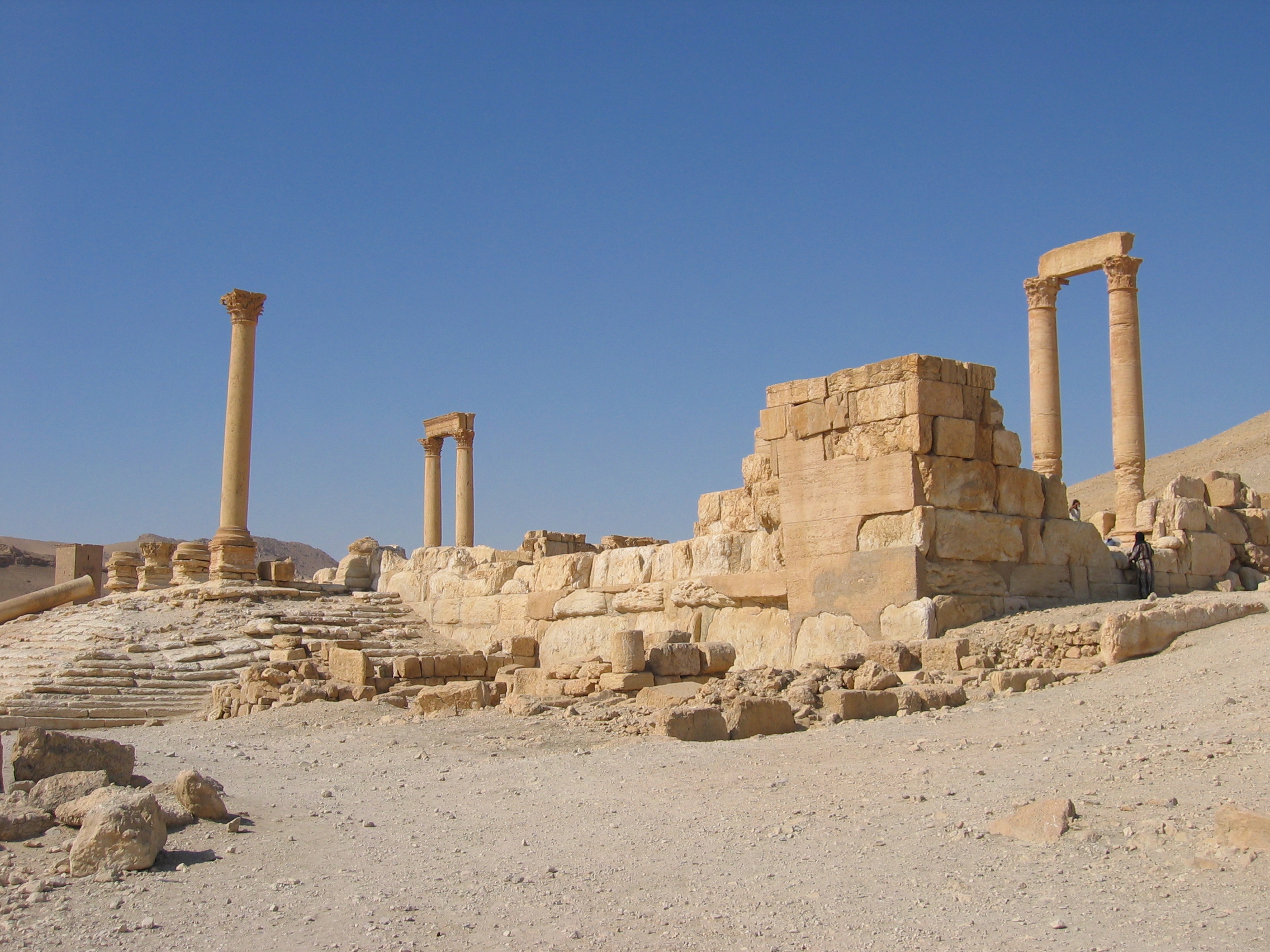Strata Diocletiana on:
[Wikipedia]
[Google]
[Amazon]
 The ''Strata Diocletiana'' (
The ''Strata Diocletiana'' (
The roman near east, 31 BC — AD 337
Harvard 1993. The ''strata'' was lined with a series of similarly-built rectangular forts () situated at one day's march (ca. 20 Roman miles) from each other. It began at the southern bank of the river
 The ''Strata Diocletiana'' (
The ''Strata Diocletiana'' (Latin
Latin (, or , ) is a classical language belonging to the Italic languages, Italic branch of the Indo-European languages. Latin was originally a dialect spoken in the lower Tiber area (then known as Latium) around present-day Rome, but through ...
for "Road of Diocletian
Diocletian (; la, Gaius Aurelius Valerius Diocletianus, grc, Διοκλητιανός, Diokletianós; c. 242/245 – 311/312), nicknamed ''Iovius'', was Roman emperor from 284 until his abdication in 305. He was born Gaius Valerius Diocles ...
") was a fortified road
A road is a linear way for the conveyance of traffic that mostly has an improved surface for use by vehicles (motorized and non-motorized) and pedestrians. Unlike streets, the main function of roads is transportation.
There are many types o ...
that ran along the eastern desert border, the ''limes Arabicus
The ''Limes Arabicus'' was a desert frontier of the Roman Empire, running north from its start in the province of Arabia Petraea. It ran northeast from the Gulf of Aqaba for about at its greatest extent, reaching northern Syria and forming part ...
'', of the Roman Empire
The Roman Empire ( la, Imperium Romanum ; grc-gre, Βασιλεία τῶν Ῥωμαίων, Basileía tôn Rhōmaíōn) was the post-Roman Republic, Republican period of ancient Rome. As a polity, it included large territorial holdings aro ...
. As its name suggests and as it appears on milestone
A milestone is a numbered marker placed on a route such as a road, railway line, canal or boundary. They can indicate the distance to towns, cities, and other places or landmarks; or they can give their position on the route relative to so ...
s, it was constructed under Emperor Diocletian (r. 284–305 AD) as part of a wide-ranging fortification drive in the later Roman Empire.Fergus Millar
Sir Fergus Graham Burtholme Millar, (; 5 July 1935 – 15 July 2019) was a British ancient historian and academic. He was Camden Professor of Ancient History at the University of Oxford between 1984 and 2002. He numbers among the most infl ...
The roman near east, 31 BC — AD 337
Harvard 1993. The ''strata'' was lined with a series of similarly-built rectangular forts () situated at one day's march (ca. 20 Roman miles) from each other. It began at the southern bank of the river
Euphrates
The Euphrates () is the longest and one of the most historically important rivers of Western Asia. Tigris–Euphrates river system, Together with the Tigris, it is one of the two defining rivers of Mesopotamia ( ''the land between the rivers'') ...
and stretched south and west, passing east of Palmyra
Palmyra (; Palmyrene: () ''Tadmor''; ar, تَدْمُر ''Tadmur'') is an ancient city in present-day Homs Governorate, Syria. Archaeological finds date back to the Neolithic period, and documents first mention the city in the early secon ...
and Damascus
)), is an adjective which means "spacious".
, motto =
, image_flag = Flag of Damascus.svg
, image_seal = Emblem of Damascus.svg
, seal_type = Seal
, map_caption =
, ...
down to northeast Arabia.
References
Fortification lines Roman roads in Syria and Palestina Roman frontiers Roman fortifications in Roman Syria Diocletian Roman fortified roads in Syria Roman fortifications in Judea Late Roman Syria {{AncientRome-mil-stub